Center administrators now tasked with focusing in on ministry.
By Christin Thieme –
In Santa Monica, California, Lt. Timothy Pemberton made the nightly news this summer.
It was a story about his life—once an addict himself, turned Adult Rehabilitation Center (ARC) graduate, turned Salvation Army officer. Now, Pemberton is helping to similarly change others’ lives at the Santa Monica ARC, which boasts a 34 percent graduation rate.
“We teach the guys how to show up for work, how to get up in the morning, when to eat breakfast, when to have lunch, when to have dinner. Once you’ve done that for six months, it’s a new way of living,” Pemberton told NBC4 News.
It’s the kind of thing Pemberton might not have had time for just a few months back when he was running the rehabilitation program, its warehouse and five area Family Stores. But as a pilot location for a new ARC structure, he was tasked with focusing in on the ministry alone.
Now the new structure is rolling out territory-wide, shifting the focus to charge each ARC administrator with zeroing in on the rehabilitation program, building community support and ensuring follow up with graduates while new regional directors for retail and for production—who may also be officers—take on the business elements. By standardizing operations and eliminating inefficiencies, coupled with a number of program pivots, the Western Territory aims to ensure the ARC ministry continues to impact lives.
“The Salvation Army ARC remains one of the most successful rehabilitation programs in America. And most people don’t even realize it’s free,” said Territorial Commander Commissioner Kenneth G. Hodder in a meeting of ARC administrators from throughout the West at the Crestmont Campus July 11-12. “We know the reason the program is successful, and so we thank the Lord every day.”
Yet, Hodder acknowledged it’s a program that must now forge a new path.
“For decades, we have used a certain model in terms of production and retail,” Hodder said. “In that time, we have not changed dramatically in terms of our analysis of the market, structure of systems or our technology to succeed. Our model no longer works as well as it once did.”
While a downward trend has been reversed, Hodder emphasized the territory must now commit itself to moving forward in a new and different way.
“This is not just about doing what we’ve done in the past more energetically,” he said. “The only solution is to alter the nature of the system itself. We are going to take demonstrated results and roll them out to the command as a whole.”
Funding a spiritual recovery program
The Santa Monica center is one of more than 130 centers across the United States, all of which sift and sort the public’s donations that are then sold in some 1,200 family stores nationwide. Last year, the stores recorded $587 million in sales to the U.S. public, according to the Army’s annual report—money that in turn funds a cost-free, biblically based six-month program to overcome addiction for more than 200,000 people a year.
And it’s a longstanding part of The Salvation Army’s fight for good.
The Army opened its first “cheap food and shelter establishment” in the U.S. on Dec. 23, 1891, calling it “Our New York Lighthouse.” It could accommodate 36 men, and those who were penniless were given food and shelter in exchange for the promise of two hours work in the morning—washing dishes, cleaning up, or chopping and sawing firewood. This premise developed into the ARC program, which today provides spiritual, social and emotional assistance to men and women through residential housing, work, and group and individual therapy—with no government funding.
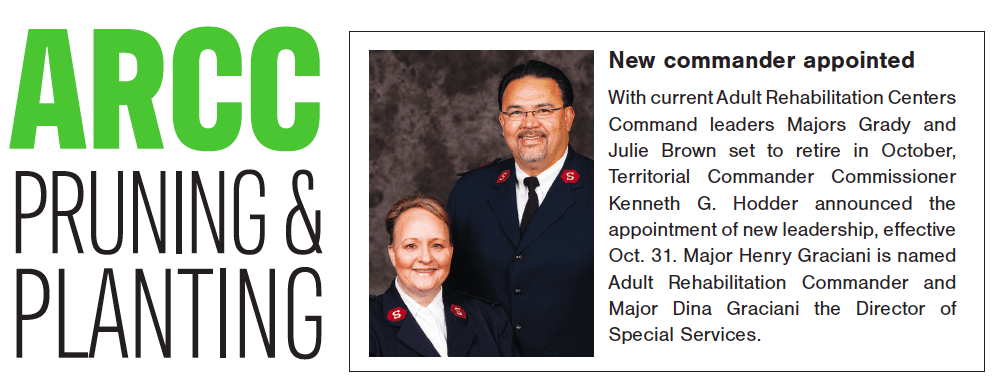
“We’re a spiritual recovery program, all funded through store and recycling and dependent on in-kind donations from donors,” said Major Grady Brown, ARC Commander, who is set to retire in October. “Grace is a big thing here. We need the strength only God can provide. The stores make it happen, but the focus is on what we produce spiritually.”
Adults age 21-65 can participate in the free, 180-day residential rehabilitation program. Many come as a result of a court order, in lieu of jail time. And the need is real as every day in America, more than 6,500 people are hospitalized for substance abuse.
It is all funded largely by the sale of used goods, donated to The Salvation Army by the public. While in recovery at an ARC, individuals engage in work therapy, helping to process the donated goods for sale in a Family Store or to be recycled. The process for that production and retail operation is now being streamlined across the territory by region, with full implementation by year’s end.
“The ARC Command is pivoting in terms of the way it functions so that it can serve more men and women in the days to come,” Hodder said. “As Catherine Booth said, ‘One cannot make a better future without disturbing the present.’”
Forging a new plan for retail
A Retail Task Force was assembled in fall 2018 to study the structure, management, customer service, store location and selection, product layout, and messaging and recapture of donors. Its members came with a career of expertise and each volunteered their time in support of the effort. Rick Osgood, its chairman, spent the bulk of his career in investment banking at the helm of PacificGrowth Equities. He now sits on a number of Salvation Army advisory boards.
“The retail business is going through huge shifts right now, and we believe thrifting is a hot part of the marketplace,” Osgood said. “We hope to take advantage of that and wanted to bring together these business minds for support, encouragement and advice.”
The task force’s other members, working alongside territorial and ARC command administration, each brought the highest level of business acumen, including Doug Coates, former CEO of APL Logistics; Jim Nordstrom, former executive for Nordstrom, Inc.; Bill Coyne, former CEO of Raley’s Supermarkets; and Wayne Mohn, a former executive for JC Penney. Mohn, who was instrumental in the task force’s analysis and conclusions, died earlier this summer.
The group acknowledged centers had evolved into having local plans for retail—each store completely different from the next. They set out to test consistent aesthetic upgrades paired with a clear merchandising plan in four of the Santa Monica ARC stores. A fifth store was kept unchanged as a control.
“The difference that some of these things can make in the performance of stores and the shopping experience is significant,” Osgood said. “The more we have a consistent product out there, the more you’re going to see that difference.”
In less than a month, the pilot stores received new paint, lighting, fixtures and branding. Merchandise was segmented by category to make it easy to shop and space was allocated to better reflect top sellers, which across the ARCs are clothing (at about 50 percent of sales), housewares (25 percent) and furniture (10 percent).
“The test shows it does work,” said Julie Dover, the ARC Command Director of Retail, who came to The Salvation Army after more than 20 years of experience in both corporate retail and for Goodwill Industries.
In the test period of Jan. 1 to May 31, the Santa Monica pilot stores (excluding the boutique) increased apparel sales by 65 percent over the prior year—an additional $175,453 in revenue from three stores in just five months. In the same time, the control store, which was excluded from remodeling and operational upgrades, saw a 1 percent decrease in apparel sales.
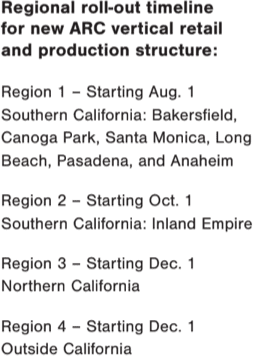
“Apparel sales were highlighted because this was one of the cornerstones of the test. Our former model featured anywhere from 25-50 percent of our retail space dedicated to furniture, which only amounted to 10-12 percent of total sales,” Dover said. “We expected that by devoting the appropriate amount of sales square footage to the major categories of apparel, housewares and furniture we would reap the benefits with increased sales and we have.
Now as the rollout unfolds, the Retail Task Force continues to meet and provide input.
“The Salvation Army is an amazing organization that deals with reflecting God’s love to people through serving those in need. I don’t think there’s another organization out there that does a more effective job of delivering that love and service to people,” Osgood said. “The motivations of the people involved are correctly aligned and I’m confident it is something worthy of leaning into.”
In Santa Monica, Pemberton said he has a good feeling about the changes.
“I’ve had more time to focus in on ministry, to focus in on community engagements, to focus in on ministry to employees,” he said. “I look at it as God’s appointment…It’s in God’s hands.”
And that local news report? It was picked up by news affiliates and shared across the country.











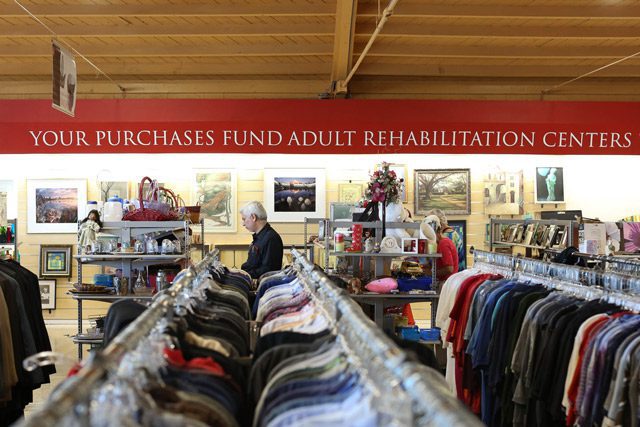

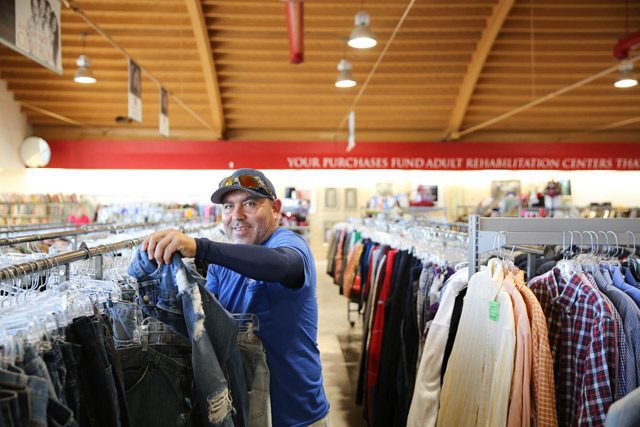
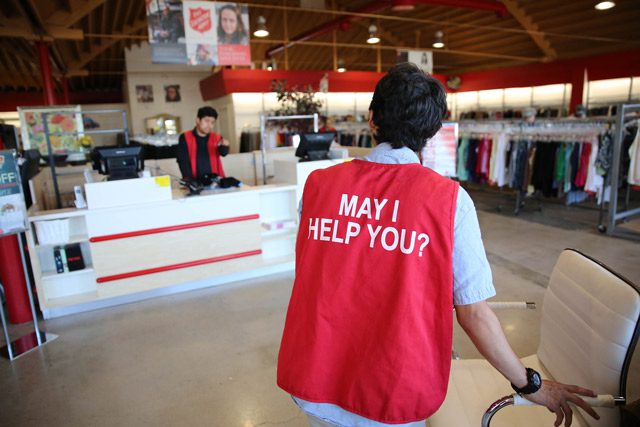
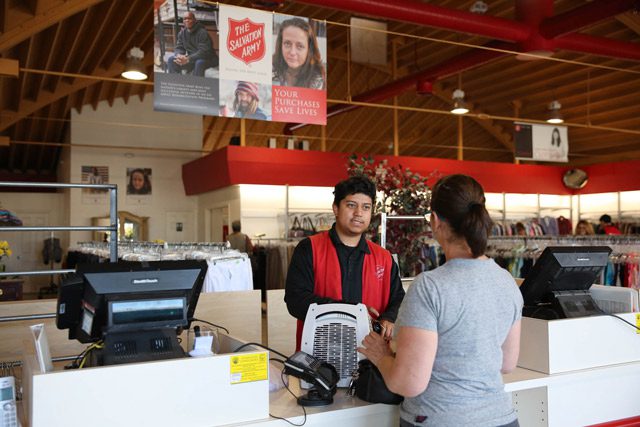
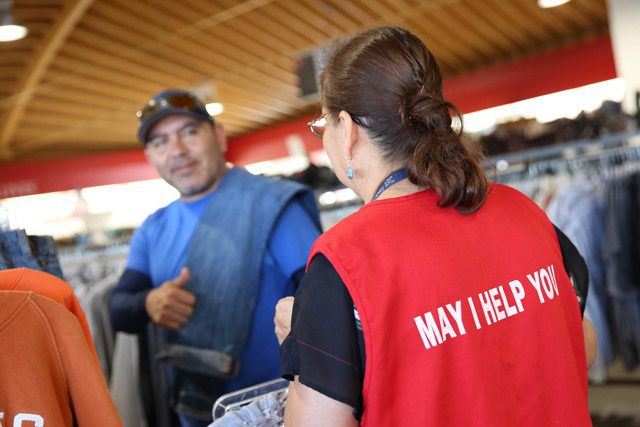
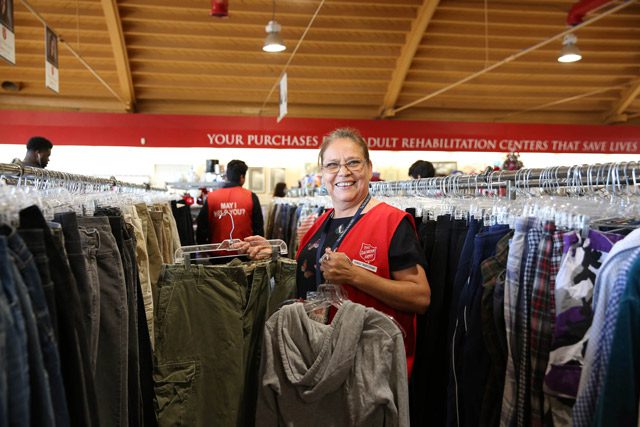
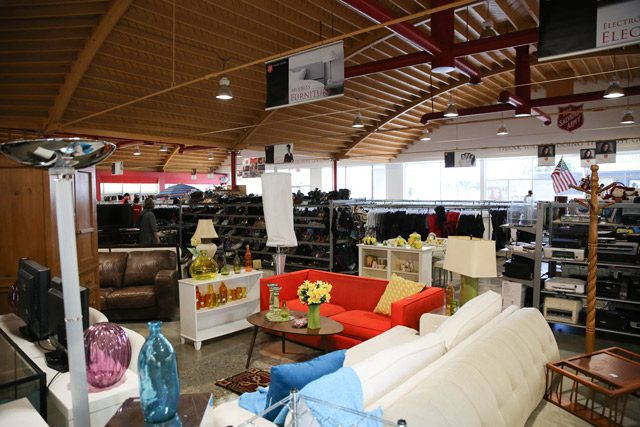


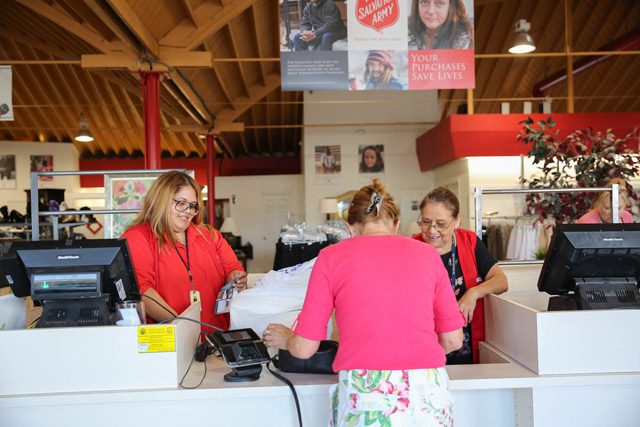


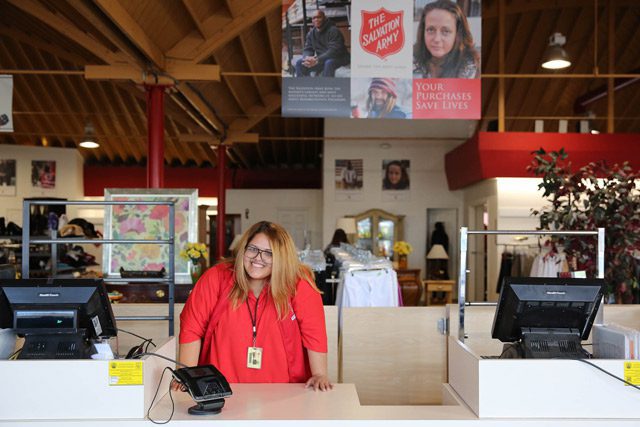
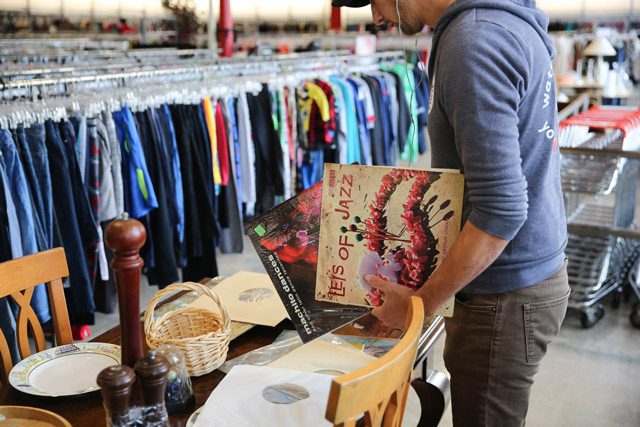


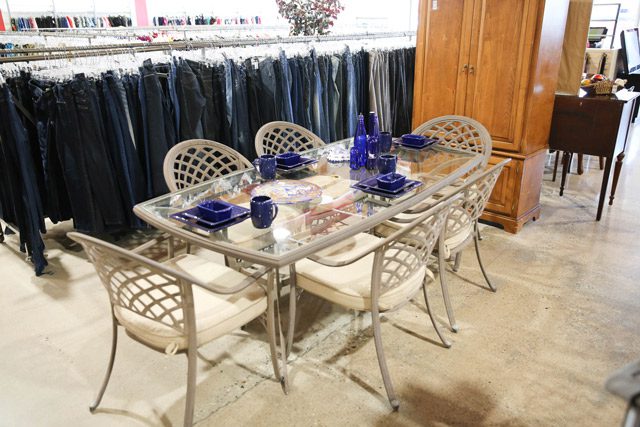

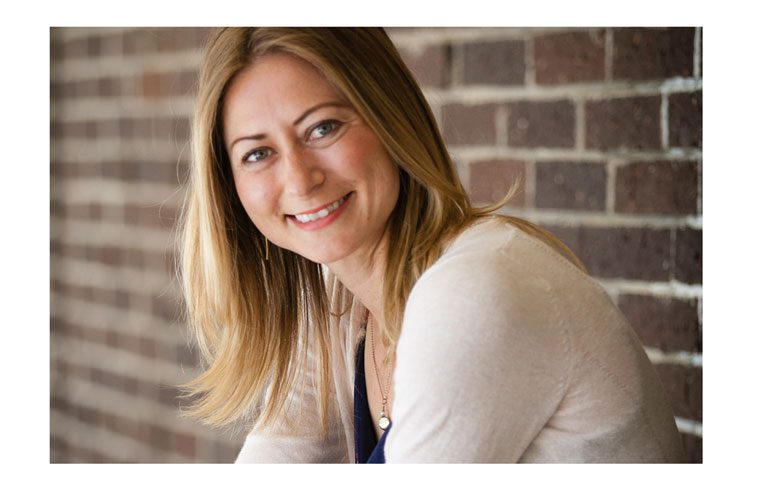

I’m still disappointed. I went into the ARC program in Seattle. I’m a woman, now that program is closing it’s doors, several places are closing. So many people need the ARC. Too bad all the closings are happening at the same time. It leaves a really bad taste in my mouth. My life changed because of the ARC. It’s really disappointing to see what’s happening. These ‘changes’ should have been started years ago, and not all at once. Women, outside of Tucson and Las Vegas have been lost. Disappointed.
I’m still disappointed. I went into the ARC program in Seattle. I’m a woman, now that program is closing it’s doors, several places are closing. So many people need the ARC. Too bad all the closings are happening at the same time. It leaves a really bad taste in my mouth. My life changed because of the ARC. It’s really disappointing to see what’s happening. These ‘changes’ should have been started years ago, and not all at once. Women, outside of Tucson and Las Vegas have been lost. Disappointed.
WOW WHAT blessing the ARC in Santa Monica save my life. i came in broken and struggling with a drug problem. THERE were some challenging time and there was good times, the years were class of 2017 most of the guys from that class are still clean and sober. my work area was the donation center i truly was the best at my job in that ally on 10th st.LOL, I WORK FOR THE SALVATION AND LOVE EVERY BIT OF IT GIVING BACK THAT WAS SO FREELY GIVING TO ME THANK GOD FOR THE ARMY.B SMITH
WOW WHAT blessing the ARC in Santa Monica save my life. i came in broken and struggling with a drug problem. THERE were some challenging time and there was good times, the years were class of 2017 most of the guys from that class are still clean and sober. my work area was the donation center i truly was the best at my job in that ally on 10th st.LOL, I WORK FOR THE SALVATION AND LOVE EVERY BIT OF IT GIVING BACK THAT WAS SO FREELY GIVING TO ME THANK GOD FOR THE ARMY.B SMITH
Could your stores PLEASE hang the clothing by sizes? This would make clothes shopping sooo much easier.
Could your stores PLEASE hang the clothing by sizes? This would make clothes shopping sooo much easier.